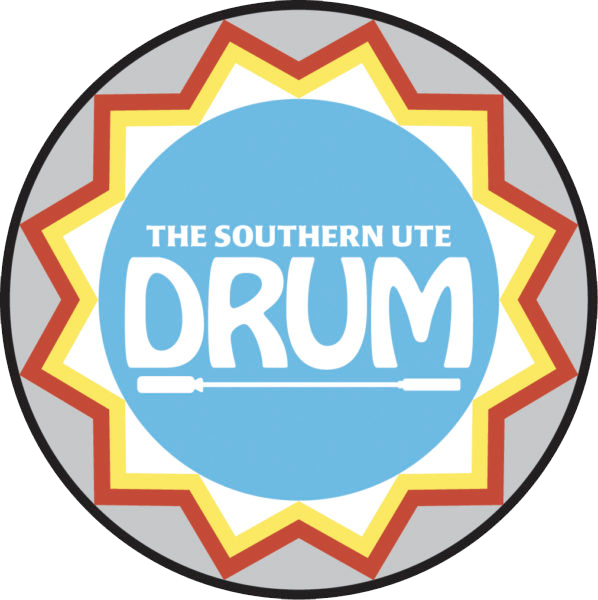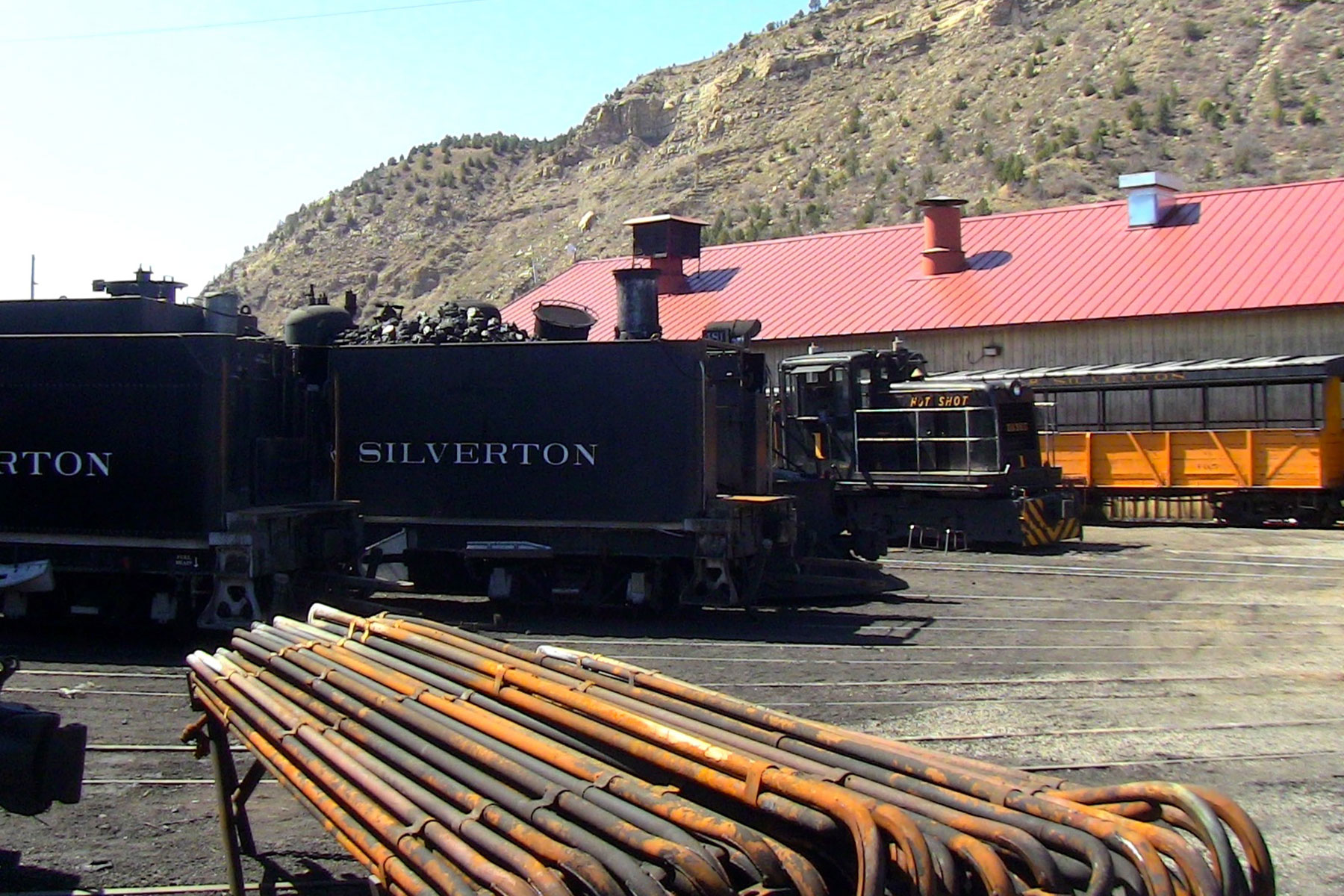The Durango and Silverton Narrow Gauge Railroad recently ran its last coal-burning engine and completed its switch to oil-burning locomotives. The switch began in 2018 in response to growing concerns about long-term drought conditions, the changing climate, and a devastating wildfire.
Excitement was in the air at 8 a.m. on a Saturday morning as passengers boarded one of the trains on the Durango and Silverton Narrow Gauge Railroad. Travelers from across the country had gathered to experience the scenic journey from Durango to Silverton, winding through the San Juan Mountains in Southwest Colorado.
Since the 1800’s, the railroad has been a cornerstone of the local economy, hauling both freight and passengers through this historic route.
As the train rolled through Durango alongside the Animas River, crisp air blew through the train car, carrying a faint scent from the engine. The train, now burning oil, no longer left behind the thick black smoke and trail of soot that the coal-burning engines had produced since the 1880’s.
Earlier in 2024, the Durango & Silverton Narrow Gauge Railroad phased out its last coal-burning engine, and now five oil-powered engines are running on the tracks.
Randy Babcock, the Durango & Silverton Narrow Gauge Railroad’s Chief Mechanical Officer, said the railroad facilities are easier to maintain after the switch from coal to oil.
“We’re running a business; that’s the preservation of history, but you also have to remember, we’re running a business. You don’t have near the support facilities with coal ramps, ash pits, and storage. Engines are a lot cleaner. Physically, there’s just not the soot and the dirt. The shop is cleaner. My computer screen is cleaner, too,” added Babcock.
Oil may be cleaner, but that’s not the only reason behind the switch. Coal ash and soot generate more than dirt; when spewed from a train chugging through the arid mountain west, they pose a significant fire risk.
On June 1, 2018, a wildfire ignited in the San Juan National Forest, eventually burning 54,000 acres over two months. According to the U.S. Forest Service, the fire was sparked by a flaming coal that shot out of a train engine’s smokestack. The Durango & Silverton Narrow Gauge Railroad later paid $20 million in damages to settle federal and county lawsuits.
Melissa Youssef, the former mayor of Durango, was serving as a city council member at the time of the wildfire.
“That was a horrible time for our community,” Youssef said. “It was absolutely devastating. It had a profound impact on our community, causing evacuations, health issues due to smoke, and massive disruption to our local businesses during a very peak tourist season.”
Fortunately, no homes were destroyed, and no lives were lost in the 416 Fire. However, with climate change intensifying the ongoing drought, the risk of wildfires has increased.
Youssef noted that the train’s dual role as both an economic driver and an environmental threat has created a complex relationship for the community. She supported the switch from coal to oil to preserve this piece of Durango’s history while safeguarding a crucial element of the local economy.
“The transition aligns with our long-term vision of sustainability and environmental stewardship for Durango. It ensures the continued operation of our Historic Railroad while prioritizing the safety and well-being of our community and natural environment,” Youssef said.
Weeks before the fire, the train had already been working to convert its engines from coal to oil. The fire underscored the urgent need for that transition.
Chief Mechanical Officer Randy Babcock explained that oil-powered engines are safer than coal engines because they do not expel flaming coals from their smokestacks.
“Oil is vaporized when it goes in there. It’s basically sprayed and then into little droplets, and it’s vaporized with heat and combustion. So, there isn’t a solid within the oil to get shot out the stack,” Babcock said.
The Durango and Silverton Narrow Gauge Railroad plans to run up to seven oil-burning locomotives by 2026.
This story is part of Voices From the Edge of the Colorado Plateau, a reporting collaboration between KSUT Public Radio and KSJD Community Radio. It seeks to cover underrepresented communities in the Four Corners. The multi-year project covers Native, Indigenous, Latino/Latina, and other communities across southwest Colorado.






